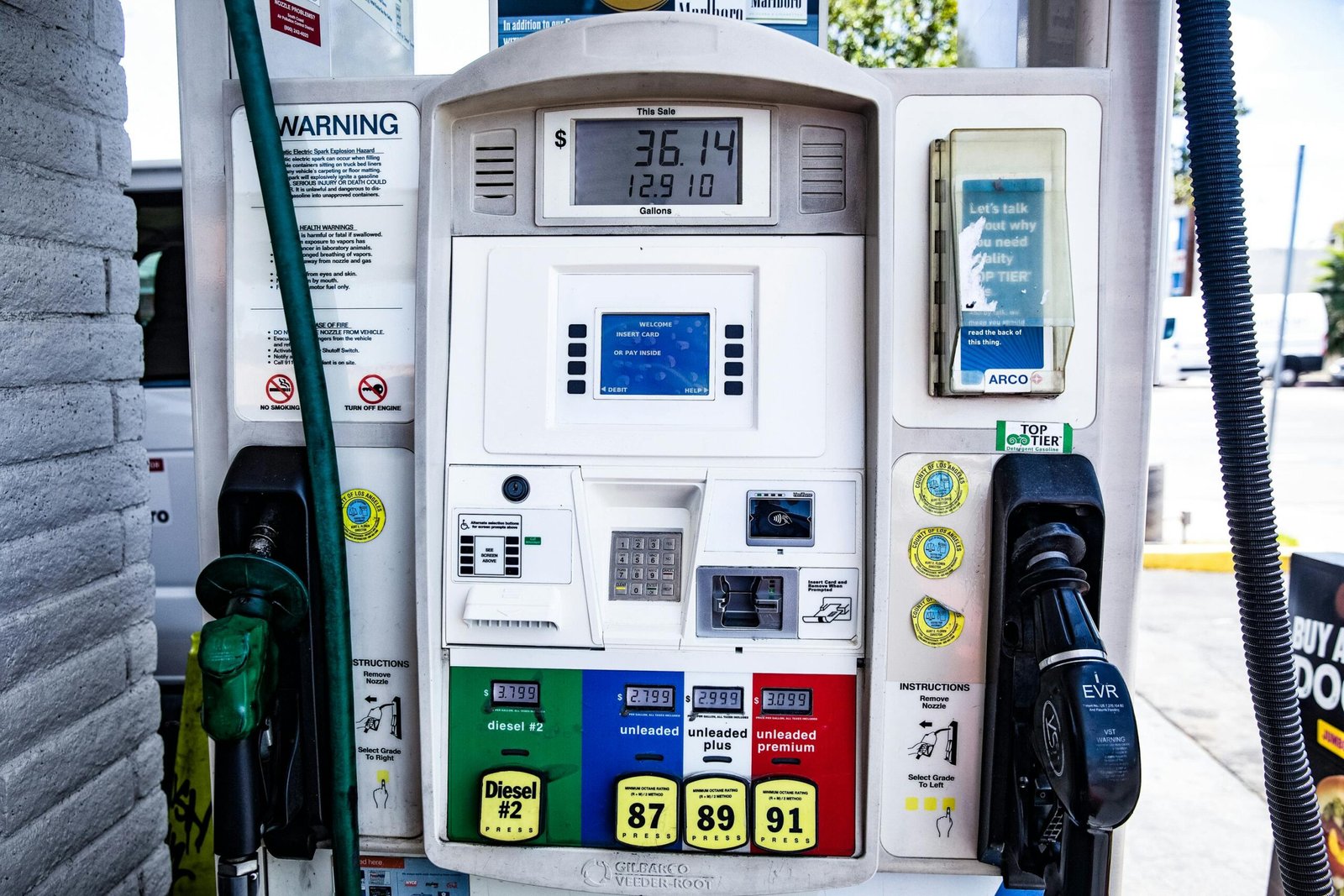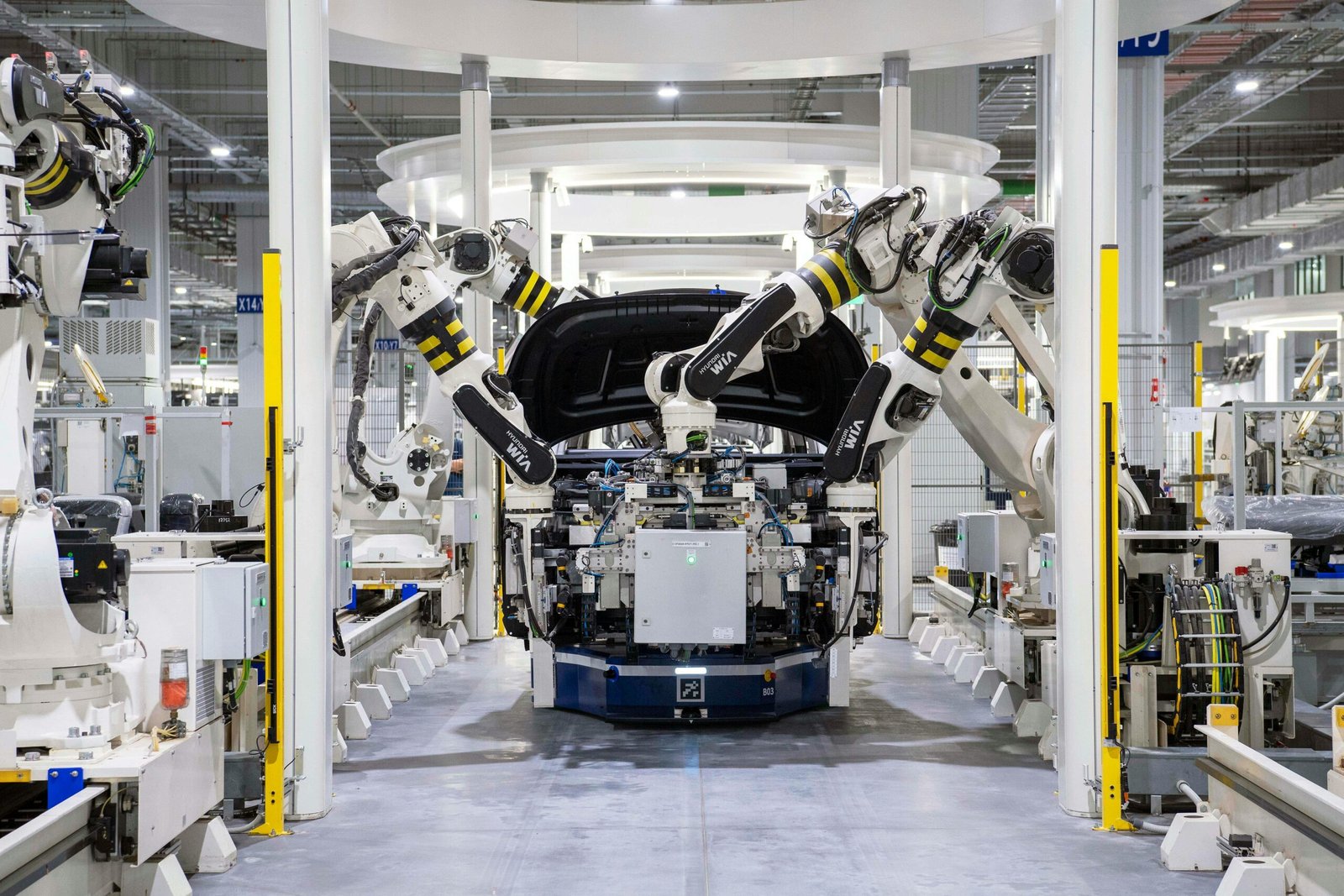In today’s world, where fuel prices seem to rise constantly, finding ways to save on fuel is more important than ever. While some factors—like the type of car you drive or the price of gas—are out of your control, your driving habits can make a huge difference in how much fuel you consume. In fact, efficient driving practices can reduce your fuel consumption significantly, saving you money and helping to minimize your carbon footprint.
In this guide, we’ll dive into some simple yet effective ways to drive more efficiently, extend the life of your vehicle, and get the most out of every tank of gas. Ready to drive smarter and save more? Let’s get started.
1. The Science of Fuel Efficiency: Why It Matters
Before jumping into practical tips, it’s helpful to understand why fuel efficiency matters. Fuel efficiency is the measure of how well your car uses fuel to perform its intended functions—basically, how far your car can go on a gallon of gas. By adopting more efficient driving practices, you reduce the amount of fuel your car consumes for the same amount of work.
When you drive more efficiently, you not only save money but also reduce the environmental impact of your vehicle. Lower fuel consumption means fewer emissions, which is better for the planet.
2. Accelerate Smoothly
One of the most straightforward ways to save fuel is by avoiding rapid acceleration. It’s tempting to hit the gas hard when you’re eager to get somewhere, but sudden bursts of speed are one of the least efficient ways to drive.
Tip:
- Accelerate gently and gradually. The quicker you accelerate, the more fuel your car uses, as it requires more power to get to higher speeds. A smooth, steady increase in speed uses less fuel.
3. Avoid Excessive Idling
Many of us have been guilty of leaving the engine running when waiting in a parked car or at a long red light. However, idling wastes fuel. In fact, modern engines are designed to use less fuel when restarted than if you continue to let the engine run.
Tip:
- If you’re going to be stopped for more than a minute, like at a long light or waiting to pick someone up, turn off the engine and restart when you’re ready to go. This can save fuel over time.
4. Maintain a Steady Speed
Constantly speeding up and slowing down wastes more fuel. This is especially true in stop-and-go traffic, but even on the open highway, accelerating and decelerating frequently will decrease fuel efficiency.
Tip:
- Use cruise control on highways and freeways to maintain a steady speed. This helps maintain fuel efficiency by avoiding unnecessary fluctuations in speed.
5. Keep Your Speed in Check
Speeding not only puts you at risk for fines and accidents, but it also hurts your fuel economy. As your speed increases, your car’s fuel consumption does too, particularly once you reach speeds over 50 mph.
Tip:
- Drive within speed limits and avoid exceeding 60 mph on highways. Studies show that driving at 65 mph instead of 75 mph can increase your fuel efficiency by as much as 15%.
6. Plan Your Trips Efficiently
One of the simplest ways to save fuel is to plan your trips in advance. A little planning can help you avoid traffic, minimize unnecessary detours, and reduce the time you spend idling in traffic.
Tip:
- Combine errands and try to drive when traffic is lighter. Also, use apps like Google Maps or Waze to avoid traffic jams and find the quickest routes.
7. Keep Your Tires Properly Inflated
Under-inflated tires are a major culprit when it comes to poor fuel efficiency. When your tires are low on air, your car has to work harder to maintain traction and drive, which results in more fuel consumption.
Tip:
- Check tire pressure regularly, especially before long trips. Properly inflated tires improve fuel economy by up to 3%, and it also helps your tires last longer.
8. Lighten the Load
Cars are designed to carry a certain amount of weight, and carrying more weight than necessary can decrease fuel efficiency. Think about it: the heavier the car, the harder it has to work to move.
Tip:
- Remove unnecessary items from your trunk or backseat. If you’re carrying around heavy objects that you don’t need, it’s time to lighten your load.
9. Avoid Roof Racks When Not in Use
While roof racks are great for carrying large items like bikes or skis, they create extra drag and lower your car’s fuel efficiency when not in use. The added air resistance means your engine has to work harder, especially at higher speeds.
Tip:
- If you’re not using your roof rack, remove it to reduce wind resistance and improve fuel economy.
10. Use the Air Conditioning Wisely
Air conditioning can be a big drain on your car’s fuel economy, especially at lower speeds. However, there are times when using the AC is necessary for comfort.
Tip:
- Use air conditioning sparingly. At low speeds, open the windows instead to keep cool. On highways, you may want to switch to AC since open windows can create drag and hurt fuel economy.
11. Shift to Higher Gears
If you drive a manual transmission car, shifting to higher gears at lower engine speeds can help save fuel. Driving at higher RPMs (revolutions per minute) wastes more fuel, as the engine is working harder to maintain higher speeds.
Tip:
- Shift gears smoothly and early (without stalling) to keep the engine running at its most efficient range.
12. Avoid Sudden Braking
Hard braking wastes energy that your car has just used to accelerate. It’s often a result of speeding or following too closely, but it’s also a sign of inefficient driving.
Tip:
- Anticipate stops ahead of time, and brake gently and gradually to save fuel. Keeping a safe distance between your car and others will give you more time to coast to a stop, reducing the need for harsh braking.
13. Keep Your Car Well-Maintained
Regular maintenance is key to keeping your car running efficiently. A well-maintained engine runs smoother, uses less fuel, and lasts longer.
Tip:
- Follow your car’s maintenance schedule, including regular oil changes, air filter replacements, and fuel system checks. Clean air filters and properly lubricated engines perform better and use less fuel.
14. Use the Right Motor Oil
Motor oil reduces friction and helps keep the engine running smoothly. However, using the wrong type of oil can cause your engine to work harder, leading to reduced fuel efficiency.
Tip:
- Use the manufacturer’s recommended oil grade for your car. If possible, choose synthetic oils, which tend to provide better fuel efficiency than conventional oils.
15. Drive in Eco Mode
Many modern cars come with an “eco mode” that adjusts various vehicle settings (like throttle response and shift points) to improve fuel economy.
Tip:
- If your car has an eco mode, use it for everyday driving, especially in city traffic. It can help you save fuel without compromising too much on performance.
Conclusion: Small Changes, Big Savings
Fuel efficiency isn’t just about getting the most miles per gallon; it’s about making smarter, more mindful decisions every time you get behind the wheel. By adopting these driving practices, you can save money on fuel, reduce your carbon footprint, and even improve the overall lifespan of your vehicle.
It doesn’t take a lot of effort to drive more efficiently—just a few small adjustments can add up over time, making a noticeable difference in your fuel consumption and overall driving experience. So, next time you’re out on the road, remember: slow down, plan ahead, and drive with intention for a more fuel-efficient ride!
FAQs
1. How much fuel can I save by driving more efficiently?
Depending on your driving habits, you can save up to 20-30% on fuel by adopting efficient driving practices.
2. Does driving in eco mode really make a difference?
Yes, eco mode can improve fuel efficiency by adjusting engine performance and other vehicle settings to reduce fuel consumption.
3. Is it better to drive with the AC on or with the windows open?
At low speeds, open windows can be more fuel-efficient than using AC. However, at higher speeds, the drag caused by open windows can reduce fuel efficiency, so using the AC may be the better option.
4. Can regular maintenance really affect my fuel efficiency?
Yes, keeping your car well-maintained, including regular oil changes, air filter replacements, and tire checks, can improve your fuel efficiency by up to 10%.
5. How do I know if my tires are under-inflated?
Check your tire pressure regularly using a gauge. Most vehicles have a recommended pressure level listed in the owner’s manual or on a sticker inside the driver’s side door. Under-inflated tires can reduce fuel economy and cause uneven wear.




